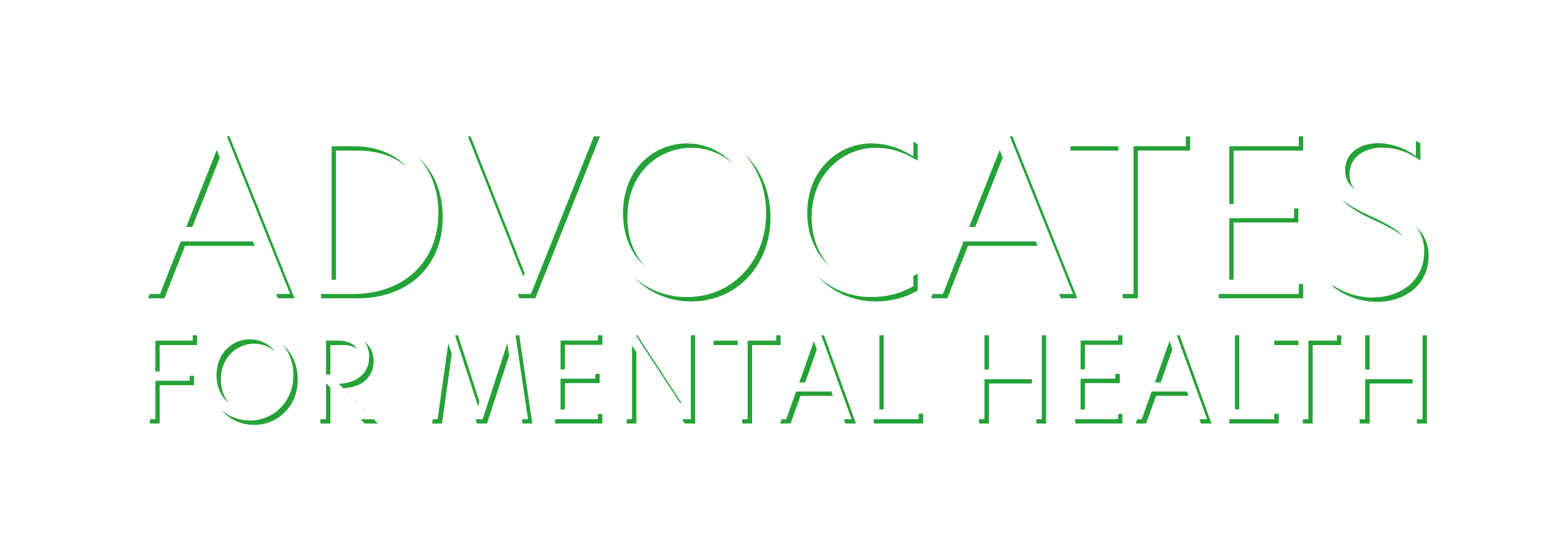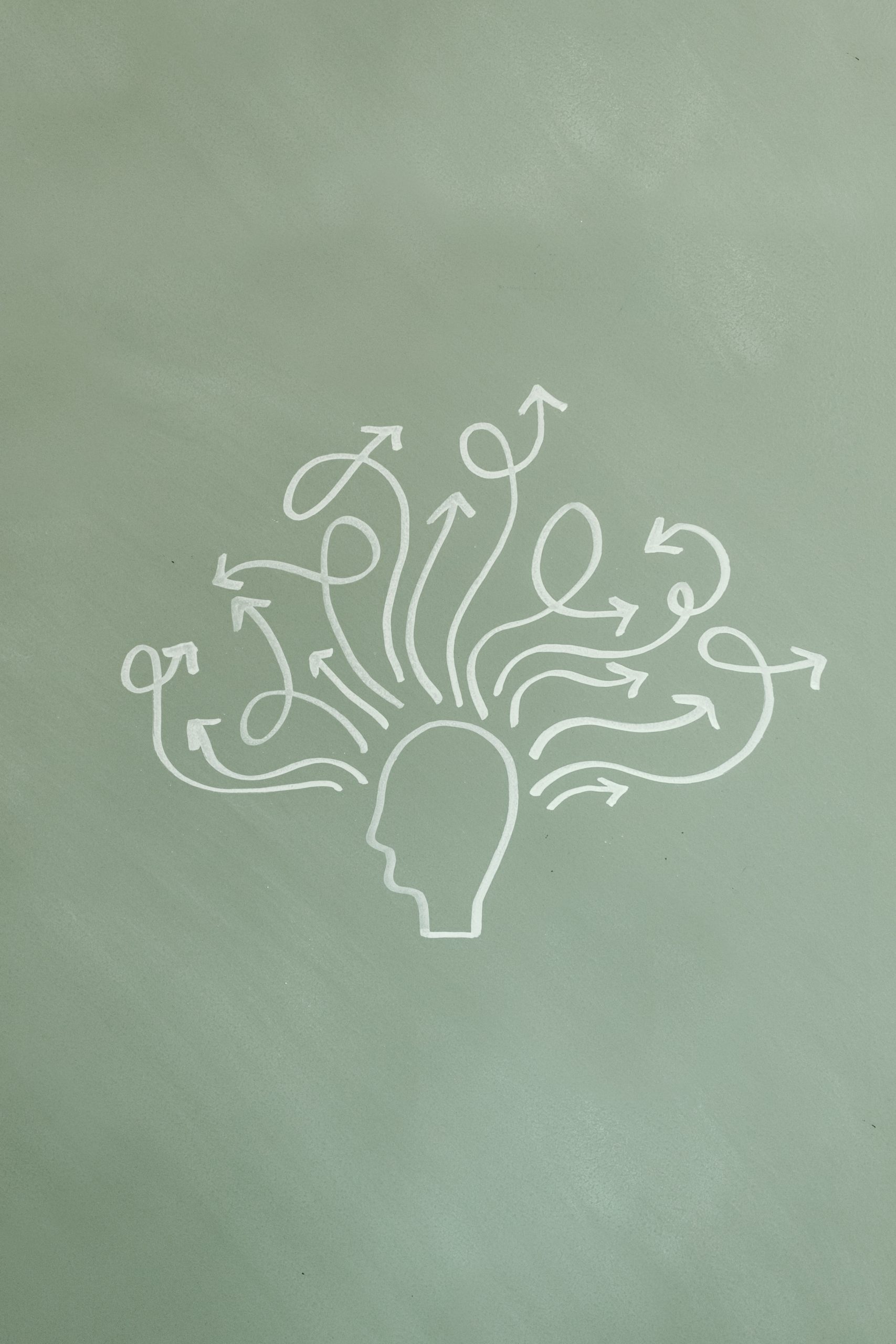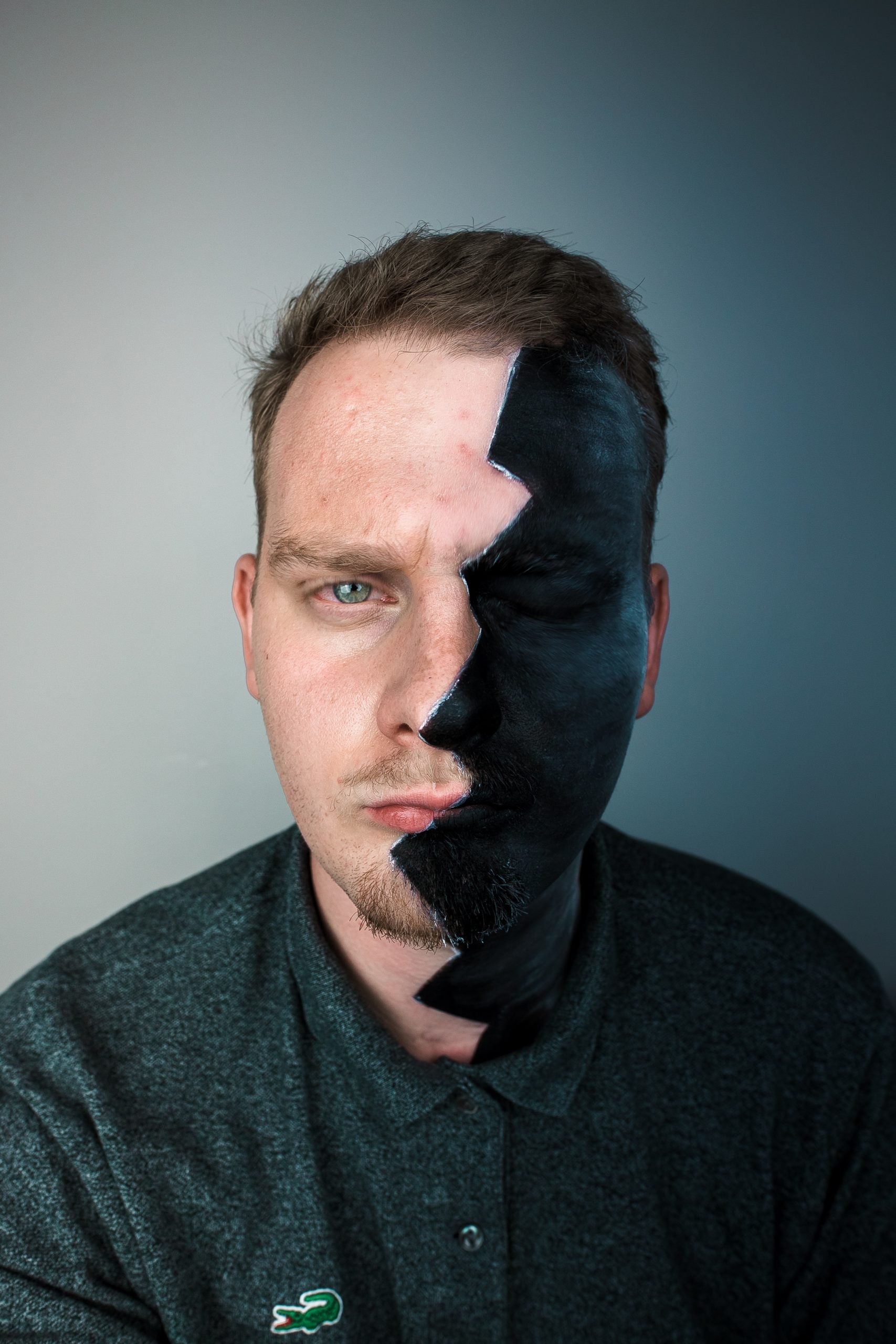ADHD stands for Attention-Deficit Hyperactivity Disorder, although this name is somewhat misleading since not all people with ADHD exhibit symptoms of hyperactivity. ADHD is a developmental disability: those with ADHD will show a delay in the rates in which they develop normal traits. When these traits reach their ultimate maturity, those with ADHD will be well behind the place where the general population has leveled off. This is quantitative, meaning it can be objectively measured by clinicians.
Emotional dysregulation is a key feature of the disorder. People with ADHD often suffer from a quickness to anger; they are easily frustrated and quicker to display emotion. The core feature of ADHD is a failure in executive function: primarily the ability to inhibit. So, people with ADHD demonstrate an inability to inhibit emotion in a normal way. For example: ADHD children are 11x more likely to develop ODD (Oppositional Defiant Disorder) two years after the onset of ADHD symptoms. That is to say, ADHD causes ODD (though it is certainly not the only cause). This is not a separate comorbidity, but an integral part of the disorder. This does not mean ADHD is a mood disorder; it’s just an inability to regulate normal emotion.
This emotional instability creates serious social hurdles for children with ADHD. 50-70% of ADHD children will be rejected by close friendships by 2nd grade. Over the course of their lives, they will suffer from an inability to create and sustain close relationships. Road rage, job dismissals, marital and parenting difficulties are common. Emotional impulsivity is the single largest indicator of ADHD in adults.
Here are a few signs to look out for that can indicate the presence of ADHD:
1st sign: Impulsiveness. Failure to exercise inhibition over behavior is the first developmental sign. Look at verbal and motor actions. This may show as hyperactivity, but this declines with age and becomes internal as an adult. It’s a kind of restlessness; a feeling of always needing to do something. A child might turn cartwheels in a meeting while an adult only repeatedly clicks their pen. Thus, the condition is misnamed; it’s less an abundance of energy than a lack of ability to control it.
2nd sign: Inattentiveness. This is a failure of persistence. It originates as a problem with the frontal lobe. An inability to sustain action toward a goal, a failure to direct behavior forward in time. In other words, a difficulty in “thinking ahead.” People with ADHD respond to distraction more than others. A normal person can block out distractions (think of background music or an itchy foot); people with ADHD have a much harder time with that. For people with ADHD, these distractions provoke a response which cannot be inhibited.
3rd sign: an inability to return to an uncompleted goal. Basically, memory problems. A person with ADHD might set out to the supermarket with the goal of buying some apples, but come back with steaks (assuming they even remember to go to the store at all). This is because working memory is one of the five special executive functions of the human brain that ADHD hurts.
These three interacting attention problems are best thought of as executive problems. So, ADHD is more a disorder of self-regulation than attention. Executive Function Deficit Disorder might be a more exact name.
In summary, self-regulation is the ability to willfully control your behavior and then engage in a series of self-directed actions. It’s the ability to change your own behavior and see to your own welfare over the long-term. People with ADHD have a neurological lack of development that hurts their ability to self-regulate.
Current evidence indicates that deficits in behavioral inhibition and sustained attention are central to this disorder—and this has been demonstrated through hundreds of scientific studies. There is no doubt that ADHD leads to harm in major life activities, including friendships, education, family life, work life, self-sufficiency, and adherence to social rules, norms, and laws. Evidence also indicates that those with ADHD are more prone to physical injury like car crashes, burns, and accidental poisonings. This is why no professional medical, psychological, or scientific organization doubts the existence of ADHD as a legitimate disorder.
ADHD isn’t just laziness. Telling a person with ADHD to “just buckle down” or “focus harder” is similar to telling a near-sighted person to just “see better.” The central psychological problems in people with ADHD have now been linked through numerous studies using various scientific methods to several specific brain regions (the frontal lobe, its connections to the basal ganglia, and their relationship to the central aspects of the cerebellum). Most neurological studies find that as a group people with ADHD have less brain electrical activity and show less reactivity to stimulation in one or more of these regions. Neuro-imaging studies of ADHD groups show smaller areas of brain matter and less metabolic activity of that matter than is the case in normal brains. In short, the ADHD brain is mechanically different than a normally developed brain.
These problems are primarily inherited. The genetic contribution to these traits is among the highest of any psychiatric disorder (70-95%), nearly approaching the genetic contribution to human height! If one of your parents has ADHD, you’re pretty likely to have it too.
This is why leading international scientists recognize the mounting evidence of neurological and genetic contributions to this disorder. This evidence demonstrates the need in many, though by no means all, people for management of the disorder with multiple kinds of therapies. This includes medication combined with educational, family, and other social accommodations. This is in contrast to the wholly unscientific views of some social critics in the media that ADHD is a scam, that medicating people with ADHD is irresponsible, and that behavior problems associated with ADHD are just the result of domestic problems, too much TV, too many video games, a bad diet, lack of love and attention, or bad teachers or schools. ADHD is a real disorder.
ADHD can destroy lives. Follow-up studies of clinical samples suggest that sufferers are far more likely than normal people to:
- drop out of school (32–40%),
- to rarely complete college (5–10%),
- to have few or no friends (50–70%),
- to underperform at work (70–80%),
- to engage in anti-social activities (40–50%),
- to use tobacco or illicit drugs more than normal.
- to experience teen pregnancy (40%) and sexually transmitted diseases (16%),
- to speed excessively and have multiple car accidents,
- to experience depression (20–30%) and personality disorders (18–25%) as adults
Yet despite these serious consequences, studies indicate that less than half of those with the disorder are receiving treatment. The media can help substantially to improve these circumstances. It can do so by portraying ADHD and the science about it as accurately and responsibly and not repeating the nonsense of some social critics and fringe doctors whose political agenda would have you believe there is no real problem here. Saying that ADHD is a fiction or a childhood phase is similar to saying the earth is flat, gravity isn’t real, and birds are robots in disguise. The media should show ADHD as realistically and accurately as it is depicted in science—as a valid disorder having varied and real adverse impacts on those who suffer from it. It is not their fault, and it is not the fault of their parents or teachers either.
Suggestions for further reading:
“Driven to Distraction: Recognizing and Coping With Attention Deficit Disorder From Childhood to Adulthood” by Edward M. Hallowell, M.D. and John J. Ratey, M.D.
“Taking Charge of Adult ADHD, Second Edition: Proven Strategies to Succeed at Work, at Home, and in Relationships” by Russel A. Barkley, Ph.D. with Christine M. Benton
Regional and Online Resources:
John J. Gianforte, Inc.
2620 Centenary Blvd., Bldg. 2, Ste. 202
Shreveport, LA 71104
(318) 617-8920
Individual and Family Counseling; Behavioral Health
Community Health Care Solutions
1519 Creswell Avenue, Shreveport, LA 71101
(318) 869-1899
Counseling, Crisis Intervention, on-staff doctors
Willis-Knighton Medical Center
(318) 212-4000
Has a list of physicians on their website who are knowledgeable in ADHD
Center for ADHD Awareness, Canada, https://caddac.ca/
Contains a wealth of information on the subject of ADHD



